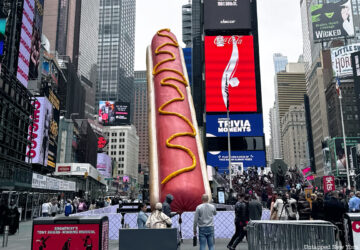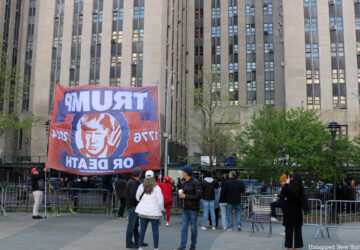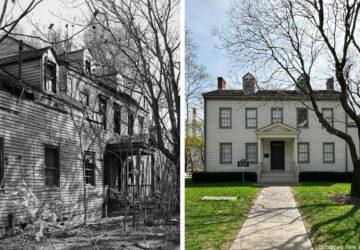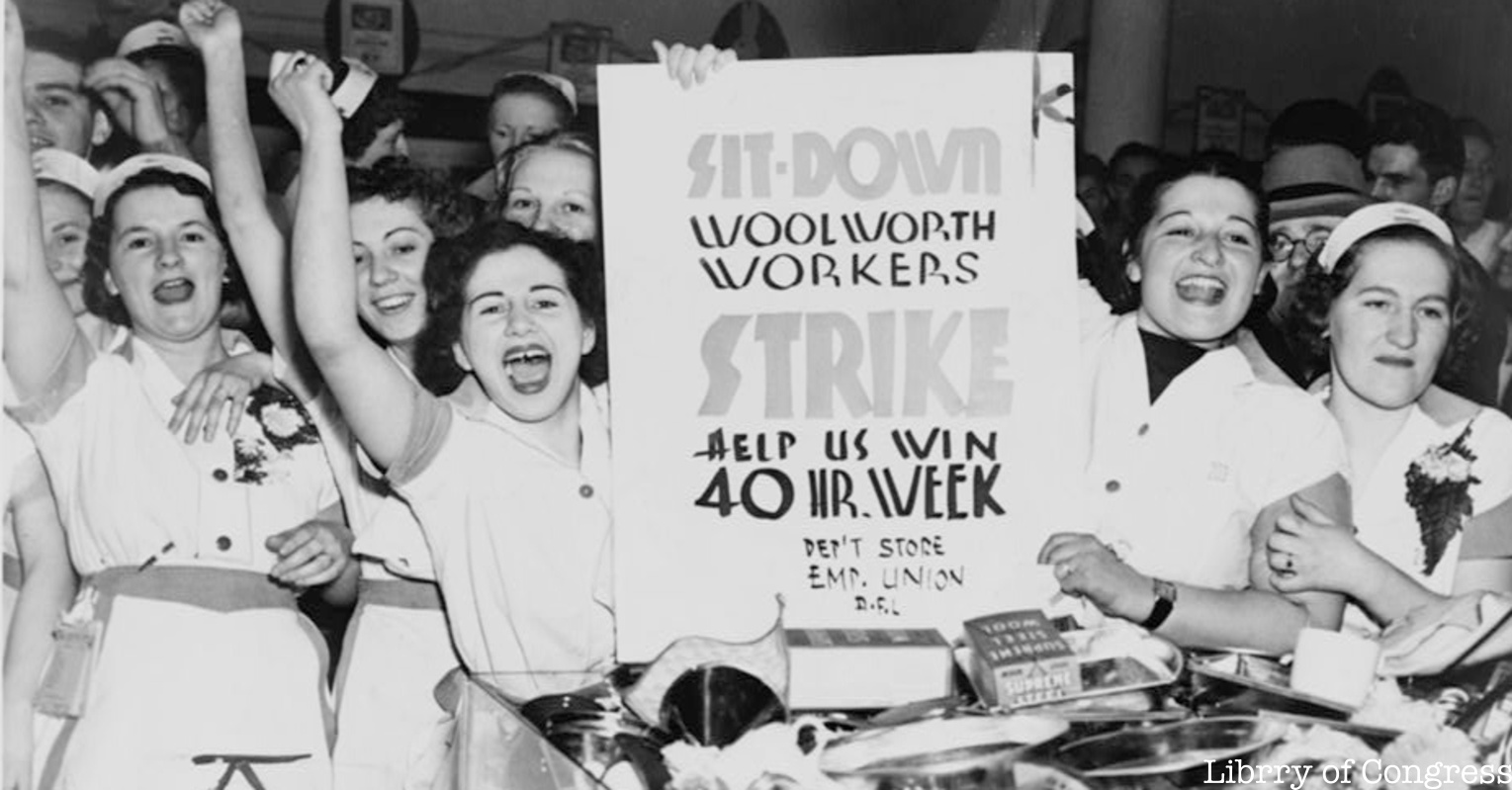Labor Day sprang from the efforts of 19th-century workers in New York City who fought to improve their working conditions. Since then, workers have continued to use the power of the strike to negotiate for better benefits, pay, working conditions, and retirement plans. Here, we take a look at five of the most infamous NYC strikes in history, from the tugboat strike of 1946 to multiple garbage strikes!
1. The Bagel Strike of 1951
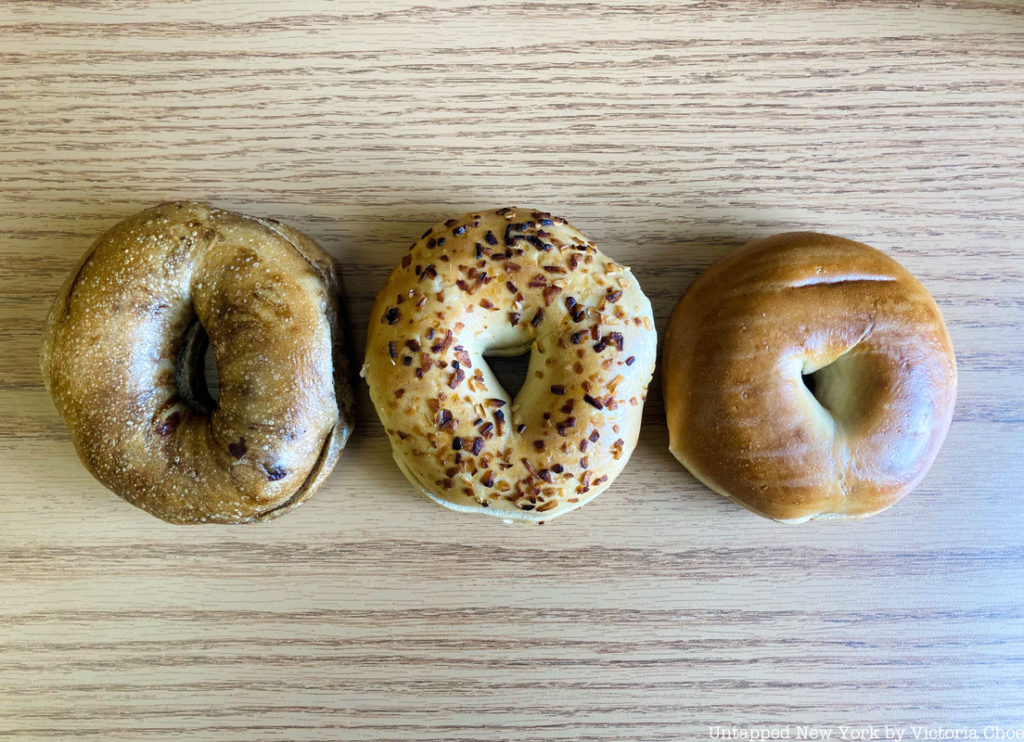
In 1951, New York City experienced its first “bagel famine.” Hungry New Yorkers had to go without the doughy breakfast staple for seven weeks when members of the bagel union Local 338 went on strike. The strike caused 32 out of 34 bakeries to close while sales of lox were cut in half. The bagel union that started this NYC strike was formed in the 1930s by bagel bakers who were working intolerably long hours in small, hot basements. This group went on strike multiple times, demanding better working conditions, shorter hours, and fairer pay. They went on strike again in 1957 and in 1962. Find out what New Yorkers ate instead of bagels during the notorious bagel famines here!
2. The Great Garbage Strike of 1968
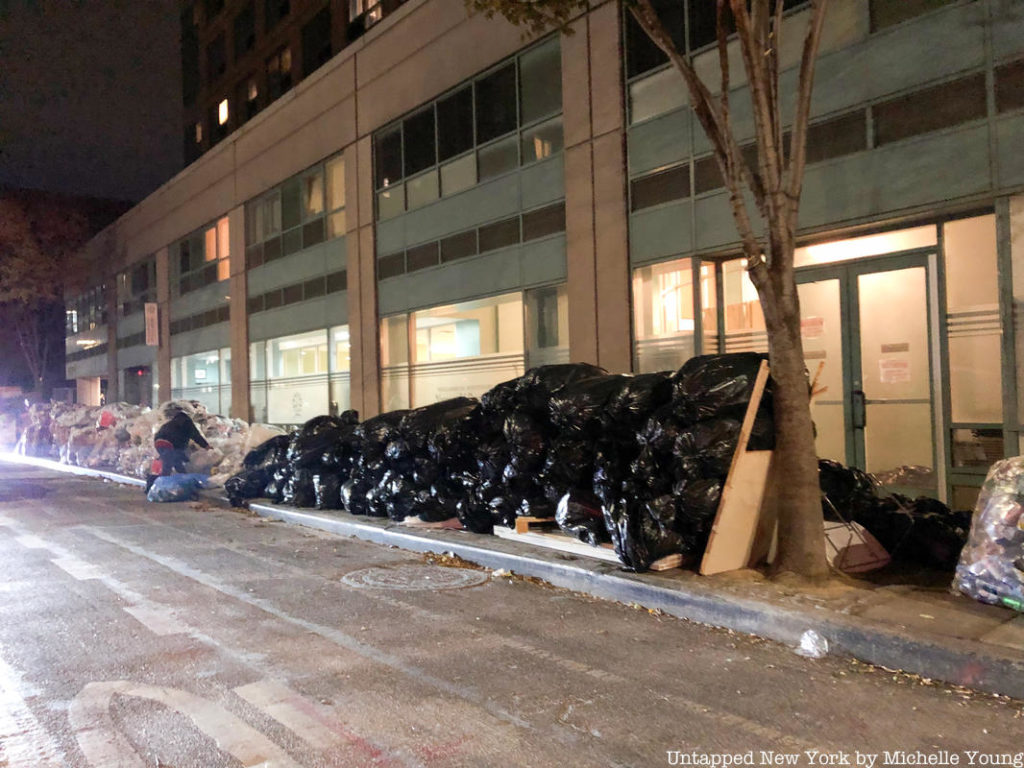
The Great Garbage Strike of 1968 turned NYC into “a vast slum” that the New York Times described as having “mounds of refuse” that grew higher and higher as “strong wins whirl the filth through the streets.” Nearly 100,000 tons of trash had accumulated on the streets by the end of the strike, just 9 days after sanitation workers who were part of Teamsters Local 831 walked off the job. Workers struck again briefly in 1975 and again, for more than two weeks, in December 1981. Learn more about the Great Garbage Strike of 1968 and find out how the 1981 strike ended in a “Christmas miracle” here!
3. The Police Strike of 1971
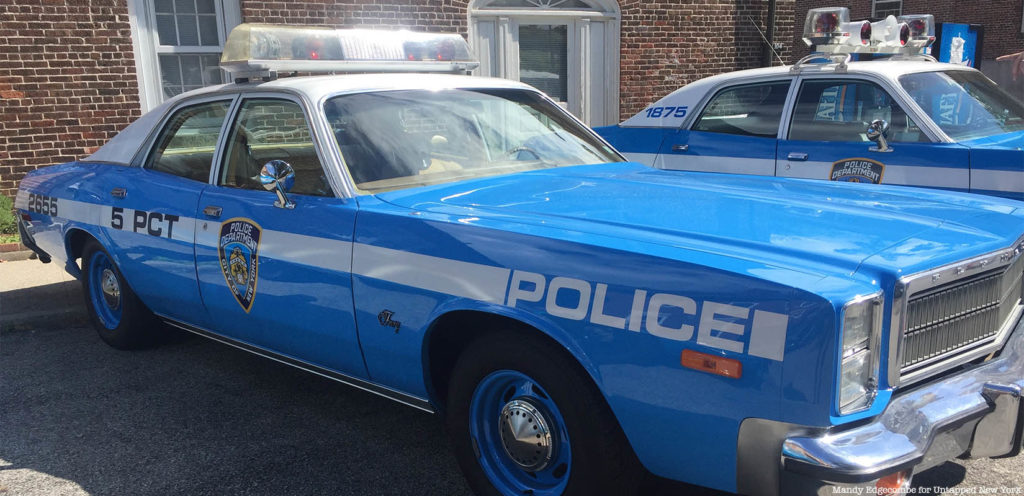
For five days in January 1971, a “blue flu” swept across New York City as thousands of New York’s Finest, eighty-five percent of them, called in sick. It wasn’t for fevers and runny noses, however, it was a wildcat strike or a strike that isn’t sanctioned by the union. Members of the NYPD who went on strike were protesting a pay issue, but other cultural issues of the time also factored into the decision to leave their posts. Find out how NYC fared without the men in blue on the streets here!
4. The Tugboat Strike of 1946
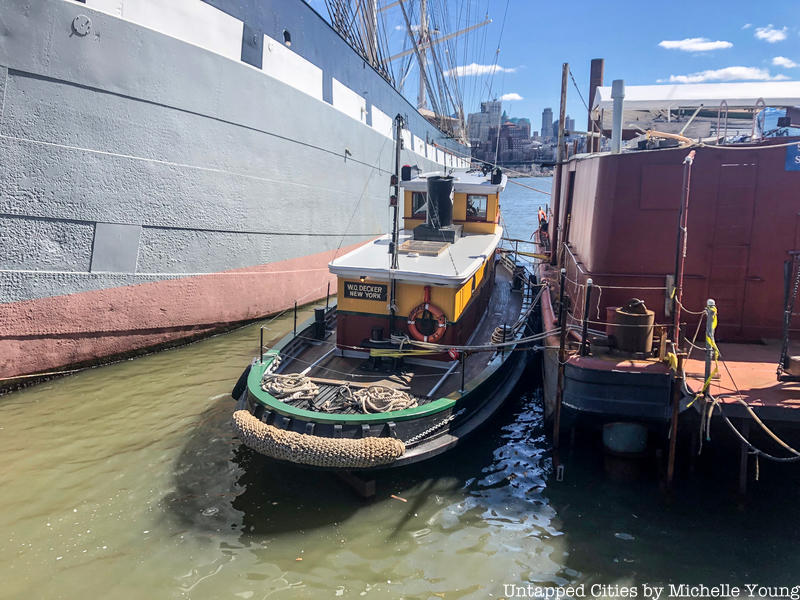
In February 1946, Mayor William O’Dwyer called the tugoat strike “the worst threat ever made to the city.” Tugboats were essential to the smooth operation of New York City as they moved freight like coal and oil between railcars and larger ships. Wartime wage freezes that persisted after World War II ended were the main cause of the strike. Find out how NYC made it through the winter with limited supplies, and how the strike ended here!
5. The Dakota Strike
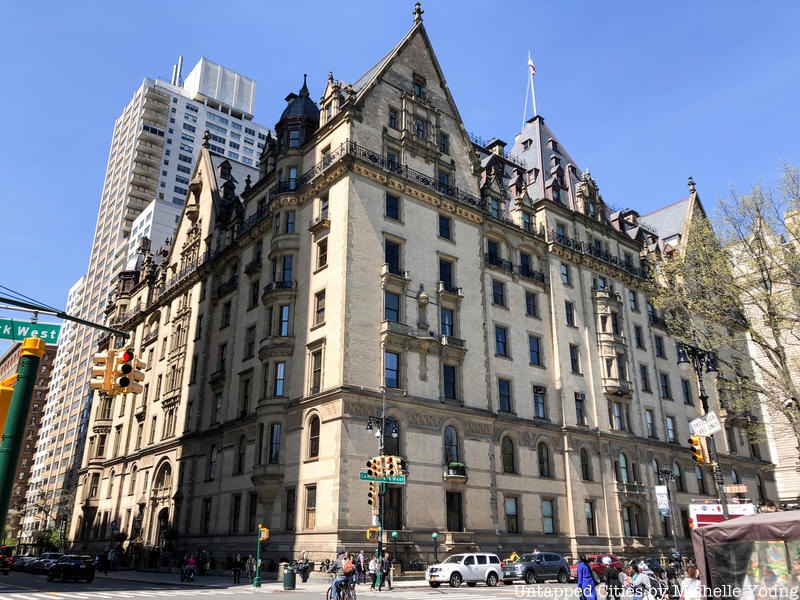
In August 1883, hundreds of workers including roofers, ironworkers, plumbers, and plasterers put down their tools and walked off the construction site of the Dakota Apartments on Manhattan’s Upper West Side. The magnificent building, which would eventually become home to famous celebrities like John Lennon and Leonard Bernstein, was just weeks away from completion. Find out how the building finally got finished in a post from the Gotham Center archives here!
6. Transit Strikes
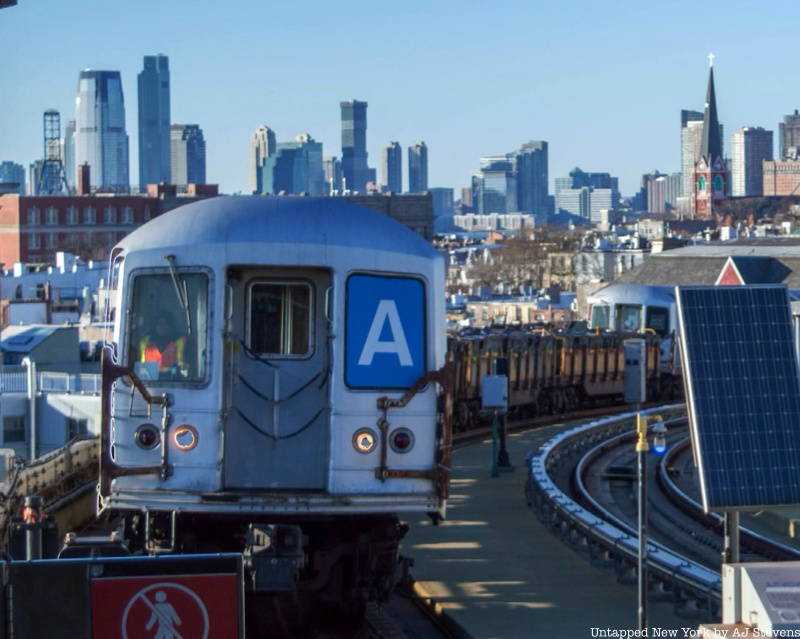
What makes NYC the city that never sleeps is the fact that our public transit system is always running. There have been multiple times, however, when the subway cars below NYC were forced to come to a halt. The first transit strike happened in 1966 when the Transport Workers Union and the Amalgamated Transit Union effectively stopped all subway and bus service in the city. Transit workers led another NYC strike in 1980 and in 2005. Uncover the lasting effects of these strikes, including the legislation they inspired, here.
7. The Actors and Musicians of Broadway Strikes
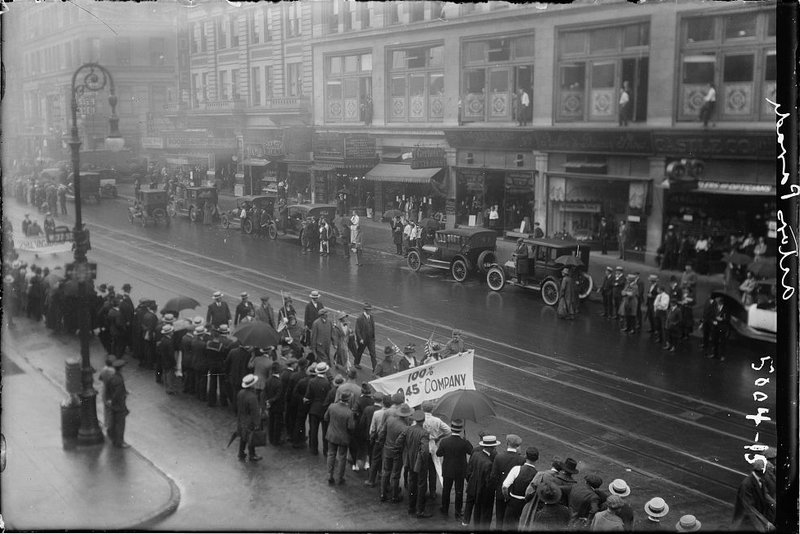
The Great White Way went dark in the late summer of 1919 when members of the Actors’ Equity Association formed a picket line. For one month, 37 Broadway shows shut down and an additional 16 postponed their opening. The AEA, which represents actors, singers, and dancers, struck multiple times throughout the 1960s in pursuit of wage and pension increases, causing the curtain to close on shows and leading to a decline in restaurant, hotel, and travel agency revenue. Musicians walked off stage for 25 days in 1975. Each time, the unions were able to negotiate better contracts for the showpeople. Discover the other reasons Broadway has gone dark!
8. The Failed Sewer Strike of 1971
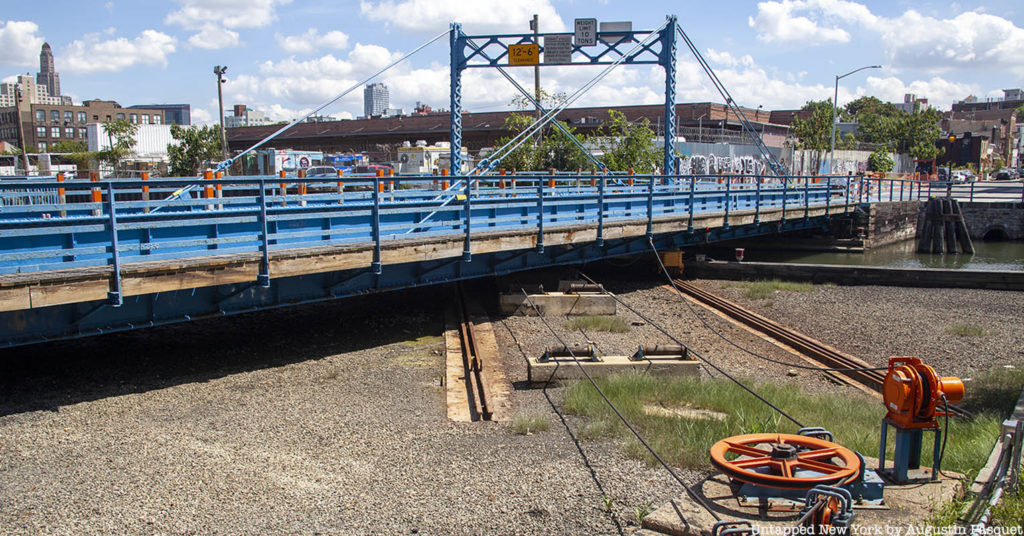
Retirement pension plans were a common point of contention that often led to strikes, Such was the case in 1971 when a plan to enact higher pension rates for civilian New York City government employees of DC 37 was denied by the state. In response, more than 8,000 workers across the city, including Teamsters and DC 37 union members. went on strike. Due to the strike, 11 of the city’s 13 sewage treatment plants shut down, and 28 of the city’s 29 moveable bridges were locked. Find out how this NYC strike ended in order to release the traffic jams and stop sewage from spilling into the waterways here!
9. Department Store Strike of 1937
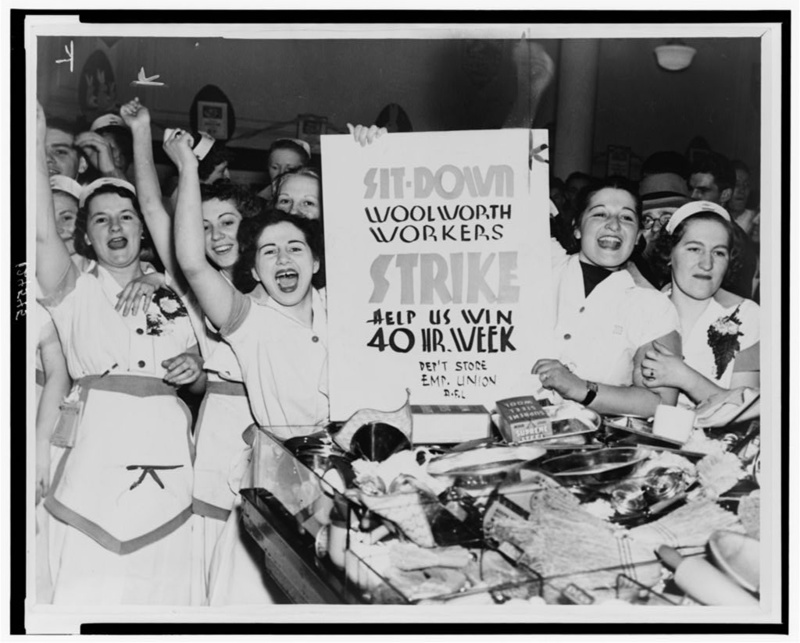
More than 100 workers in NYC chain department stores like Woolworth’s posed a sit-in strike in the winter of 1937. The NYC strike was inspired by a successful sit-in led by Woolworth’s workers in Detroit. The workers wanted 40-hour work weeks and higher pay and eventually, they got it. Retail workers from the East Coast to the West Coast followed this lead and began to unionize.
10. The Shirtwaist Strikes
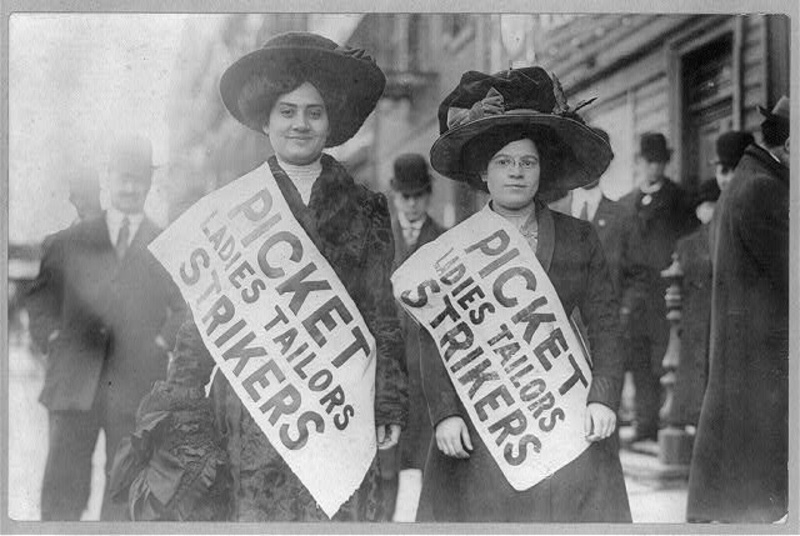
An NYC strike led largely by female and Jewish workers in 1909 sent a ripple effect through the garment industry. In November, labor leader Clara Lemlich began what came to be known as the “Uprising of the 20,000.” The workers fought for and successfully gained improved wages, working conditions, and hours, but the Triangle Shirtwaist Factory Fire in 1911 showed there was much more work to be done.
Next, check out Vintage Photos of 1920s Sanitation Workers in Uniform and The NYC Origins of Labor Day
